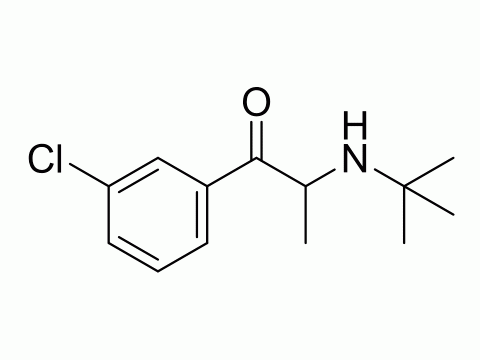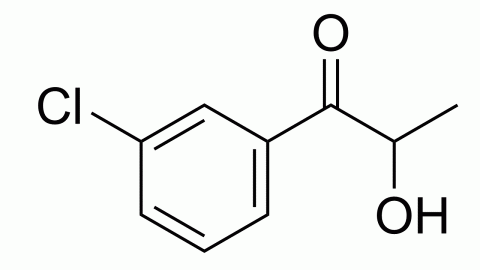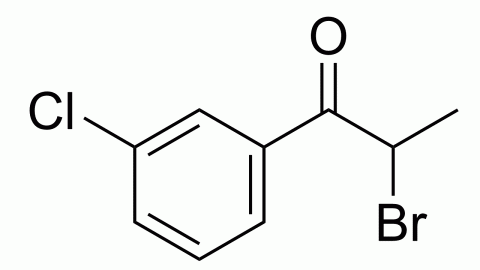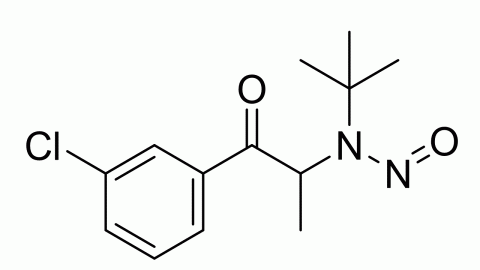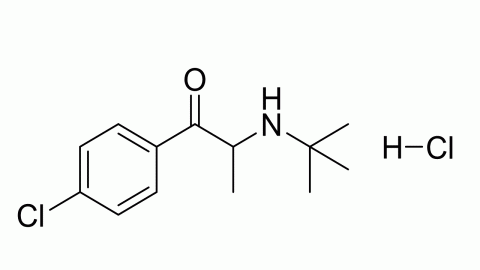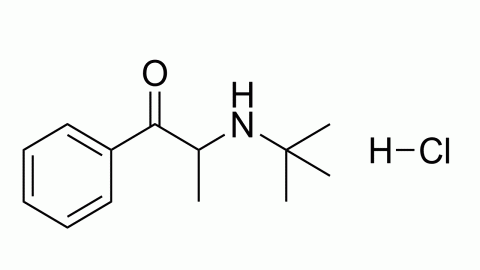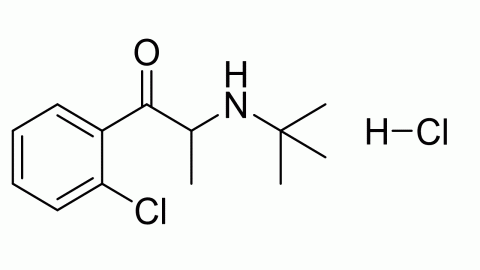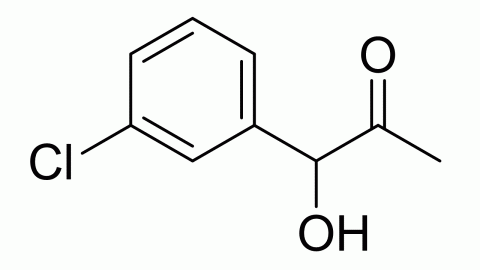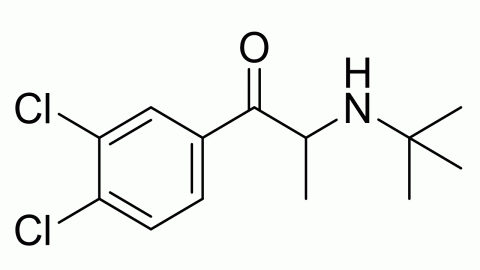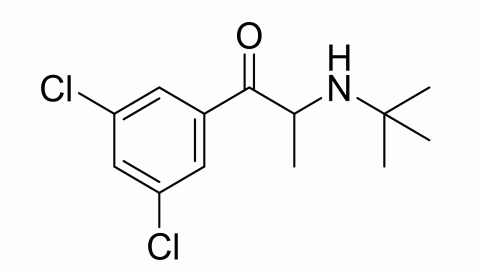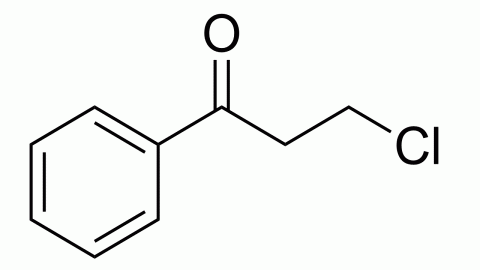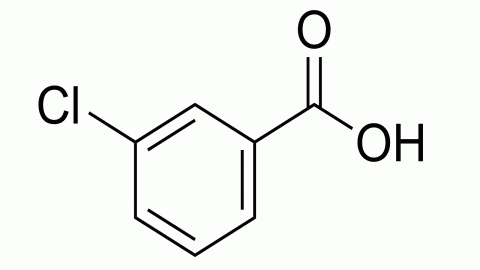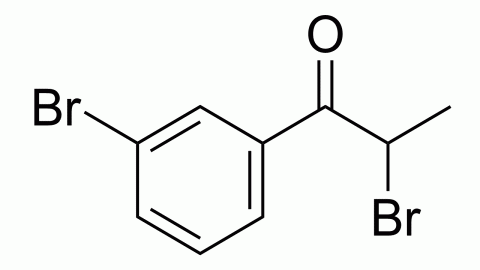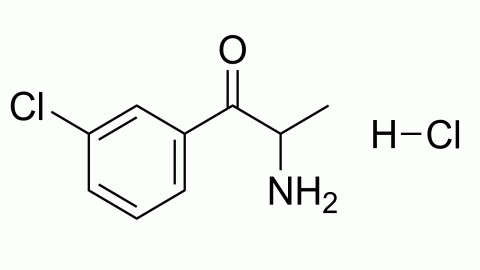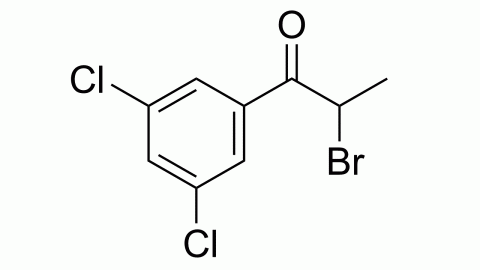Filter sub products categories alphabetically
Bupropion is an atypical antidepressant that works on noradrenaline and dopamine transporters to increase extracellular catecholamine levels, which may explain its antidepressant properties. Additionally, bupropion has been shown to block some nicotinic receptors, which might indicate its efficacy as a smoking cessation aid. Bupropion is an antidepressant medicine that is currently utilized for smoking cessation. Burroughs Wellcome (now GlaxoSmithKline) first patented bupropion in 1974. Before 2000, the medicine was known as amfebutamone. Bupropion has been FDA-authorized since 1985. The sustained-release formula was developed in 1996, while the extended-release formulation debuted in 2003. Bupropion was first used to help people quit smoking in 1997.
The FDA has approved this medicine for adult depression, seasonal affective disorder, and smoking cessation. Off-label, non-FDA-approved uses include antidepressant-induced sexual dysfunction, attention-deficit/hyperactivity disorder (ADHD), bipolar depression, and obesity. Bupropion is used off-label in children to treat ADHD.
BRAND NAMES:
APLENZIN: APLENZIN is a bupropion hydrobromide extended-release tablet that is a prescription medication intended to treat individuals suffering from severe depressive illness, as well as to avoid autumn-winter seasonal depression. These are available on the market in the dosage range of 174 mg, 348 mg, and 522 mg.
Auvelity: Auvelity includes two medications, known as dextromethorphan hydrobromide (45 mg) and bupropion hydrochloride (105 mg), which operate on different receptors and chemicals in the brain to cure depression.
Zyban: Zyban is a brand of bupropion, a drug used to help people inhibit smoking. It works by decreasing cravings for nicotine. Nicotine is the addictive component of tobacco. This drug is available in the form of a sustained-release tablet, which may be swallowed with water.
Wellbutrin: In Wellbutrin, bupropion is the main ingredient; it helps to control your mood by raising norepinephrine and dopamine levels in the brain.
MECHANISM OF ACTION:
Bupropion is an aminoketone antidepressant whose mechanism is not completely understood. Bupropion does not appear to impact monoamine intake; however, it does reduce the reuptake of norepinephrine and dopamine mildly. The impacts on norepinephrine and dopamine appear to cause clinical symptoms. Dopamine reuptake inhibition is said to be quite strong, but norepinephrine uptake is less potent. Bupropion also has a weaker effect on nicotinic and serotonin receptors.
The therapeutic effect of bupropion usually begins in the second week of taking the medicine. The peak serum concentration occurs after 2 hours of immediate release, 3 hours of sustained release, and 5 hours of extended release. The period of action is one to two days. Bupropion is rapidly absorbed in the gastrointestinal (GI) tract, with a volume of distribution ranging from 20 to 47 L per kg. 84% of the medication will be protein-bound.
PHARMACOKINETICS:
CYP2B6 breaks down bupropion in the liver to produce hydroxybupropion. Erythrohydrobupropion and threohydrobupropion are produced by non-CYP metabolism. With activity levels ranging from 20 to 50% of the parent molecule, these metabolites are active. Ultimately, a glycinated conjugate is produced by the kidneys and eliminated. Eighty-seven percent of the drug is eliminated in the urine and ten percent in the feces. When used chronically, bupropion's half-life rises to around 21 hours from its initial half-life of 3 to 4 hours.
Bupropion is metabolized in the body via a variety of paths. The oxidative processes are mediated by the cytochrome P450 isoenzymes CYP2B6, which produce R- and S-hydroxybupropion, and, to a lesser extent, CYP2C19, which produces 4'-hydroxybupropion. Reduction mechanisms include 11β-hydroxysteroid dehydrogenase type 1 in the liver and gut, which produces threo-hydrobupropion, and an unknown enzyme, which produces erythro-hydrobupropion.
PHARMACODYNAMICS:
Bupropion is not chemically related to tricyclic, tetracyclic, selective serotonin reuptake inhibitors, or other antidepressant medications. Bupropion, in comparison to standard tricyclic antidepressants, is a relatively mild inhibitor of norepinephrine and dopamine neuronal absorption. In addition, bupropion does not block monoamine oxidase. Bupropion has been discovered to be inert at the serotonin transporter; nonetheless, both bupropion and its major metabolite, hydroxybupropion, have been reported to impede the function of cation-selective serotonin type 3A receptors.
Bupropion has dose-related central nervous system (CNS) stimulant effects in rats, as indicated by increased locomotor activity, increased response rates in several schedule-controlled operant behavior tests, and, at high doses, induction of moderate stereotyped behavior. Bupropion's stimulant properties and selective activation at dopamine and norepinephrine receptors have led to its identification as a possible misuse drug. Bupropion is structurally similar to the prohibited chemical cathinone and has been shown to have modest amphetamine-like action, especially when inhaled or injected.
DOSAGE AND ADMINISTRATION
Bupropion is administered orally as a hydrochloride salt. Bupropion tablets come in two varieties: regular and extended-release. Bupropion can only be taken orally; there is no other method.
- Extended-release formulations of 24-hour hydrochloride salt are available in 150 mg, 300 mg, and 450 mg tablets.
- There are formulations with hydrochloride salts that last for 12 hours that come in 100 mg, 150 mg, and 200 mg extended-release tablets.
- There are 3 extended-release tablet forms available for the 24-hour hydrobromide salt formulations: 174 mg, 348 mg, and 522 mg.
- Immediate-release tablets come in two strengths: 75 mg and 100 mg.
The medication can be taken by patients with or without food. It is best to consume all tablets whole without breaking or breaking them. There are doses in the once-daily dose type that range from 75 mg to 522 mg. 150 mg of hydrochloride salt and 174 mg of hydrobromide salt are equivalent in tablet form.
For depression and smoking cessation, bupropion is usually begun at a low dose of 150 mg per day and then progressively increased to a maintenance dose of 300 mg per day. When taken in divided doses, the maximum daily intake is 450 mg.
CONTRAINDICATIONS:
Seizure disorder is a significant contraindication to bupropion medication. Furthermore, bupropion is prohibited for any additional causes contributing to seizures, such as the withdrawal of alcohol or sedatives, arteriovenous malformations, serious head injury, severe stroke, brain tumor, or other substantial central nervous system disorders. Patients with hypersensitivity or allergies to bupropion or its ingredients should not use the drug.
DRUG INTERACTIONS:
- Bupropion is an antidepressant medication. It can interact with a wide range of medications, including antidepressants such as escitalopram, sertraline, and trazodone.
- Bupropion may interact with medicines that increase the risk of seizures, such as mixed amphetamine salts, aripiprazole, and tramadol.
- Bupropion can interact with alcohol and reduce your tolerance. It may also provide false positive results for amphetamines and methamphetamines in urine drug tests.
SIDE EFFECTS:
Some common side effects include
- Dry mouth
- Dizziness
- Headache
- Constipation
- Excessive sweating
- Drowsiness
- Anxiety
Severe side effects include
- Rapid, pounding, or irregular heartbeat
- Irrational fears
- Seizures
- Confusion
- Hallucinating
- Muscle or joint pain
TOXICITY:
With supportive care, inadvertent overdoses usually have no notable effects, despite the fact that there is a large amount of published data on bupropion overdose. Intentional overdoses are usually the most serious cases. Seizures are rather prevalent during intentional overdoses. They can occur in up to one-third of overdose exposures, but the average is 10% to 15%. Seizures are usually seen within the first 6 hours of exposure; however, extended-release preparations should be used with caution. Due to the possibility of delayed seizure onset, doctors recommend a 24-hour monitoring period in cases of extended-release overdose. Though agitation and tremor frequently precede seizures, there are cases of delayed seizures documented without any antecedent symptoms.
STORAGE CONDITIONS:
Bupropion hydrochloride should be maintained at a temperature of 15-20 °C and protected from light and moisture.
